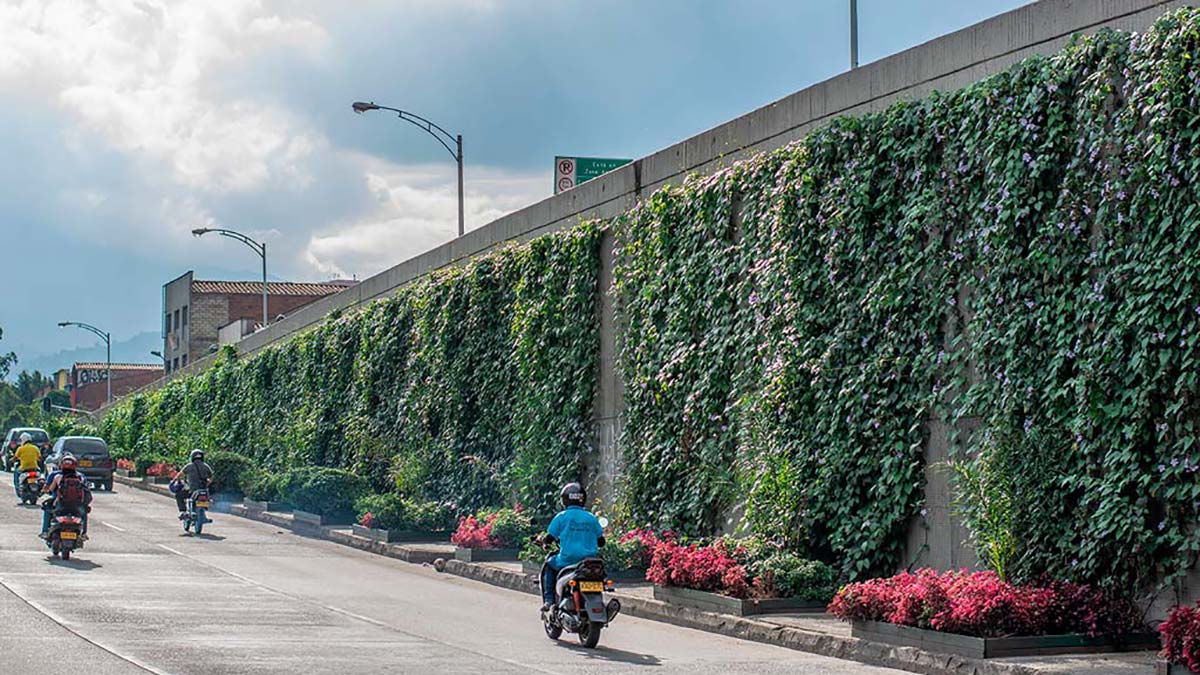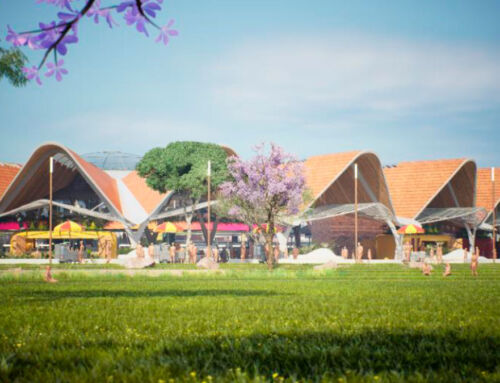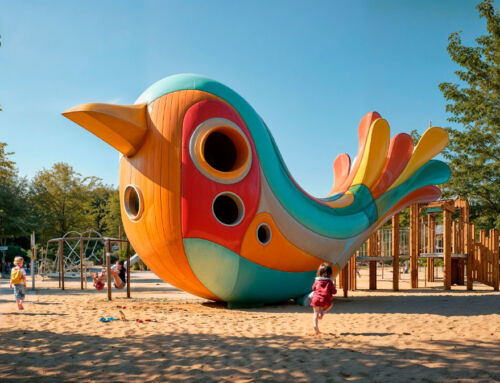Medellín, Colombia’s second city, often referred to in the country as the “city of eternal spring“, with an average temperature of 22 ºC, began an urban planning programme known as “Green Corridors” in 2016. One of the objectives of this programme, although not the only one, was precisely to combat the so-called “heat island effect“, which occurs when buildings and asphalt in cities absorb and retain heat and, consequently, increase the temperature of the urban environment. This is a pernicious effect for cities in temperate or warm geographies, which is aggravated by the phenomenon of global warming.
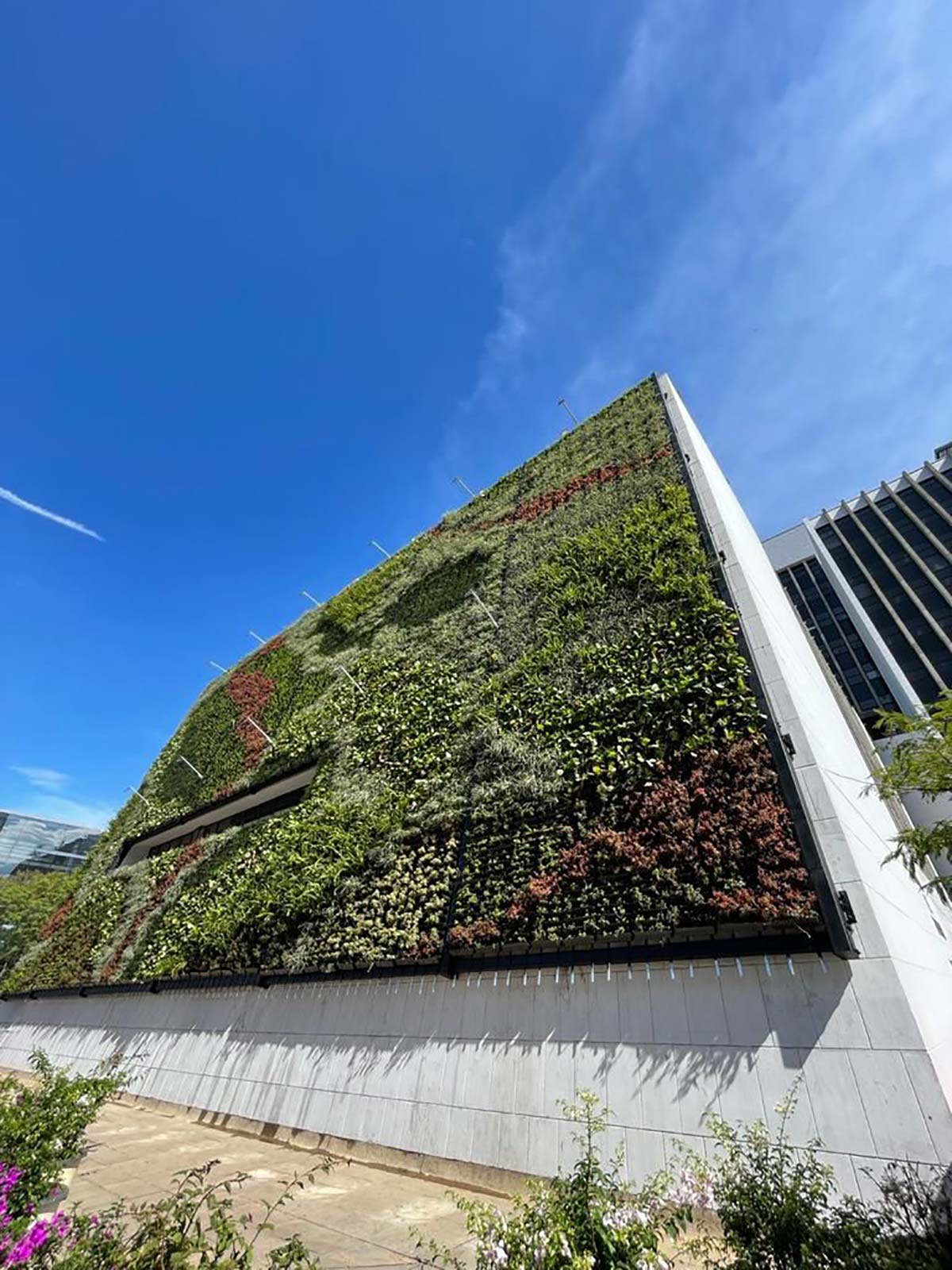
In 2019, the city of Medellín was awarded the Ashden Prize in the “Cooling by Nature” category for this green corridor project. Let’s take a look at what this green programme consisted of:
The project included the creation of 30 green corridors or, in other words, the replacement of asphalt and concrete surfaces on the city’s roads with landscaped areas and vegetation. According to the BBC, the programme involved planting 2.5 million small plants and 880,000 trees by 2021 to connect the city’s green spaces with each other through tree-lined and shaded avenues and streets. The BBC adds in its report that “the initial investment to establish the project cost a total of $16.3m and annual maintenance cost $625,000 in 2022, according to the local government”. Put another way, the programme has added 65 hectares of green space along 12 of the city’s waterways (or “quebradas” as they call them) and 6.2 hectares along 18 roads and avenues, while 2 hectares of pavement have been converted to green space.
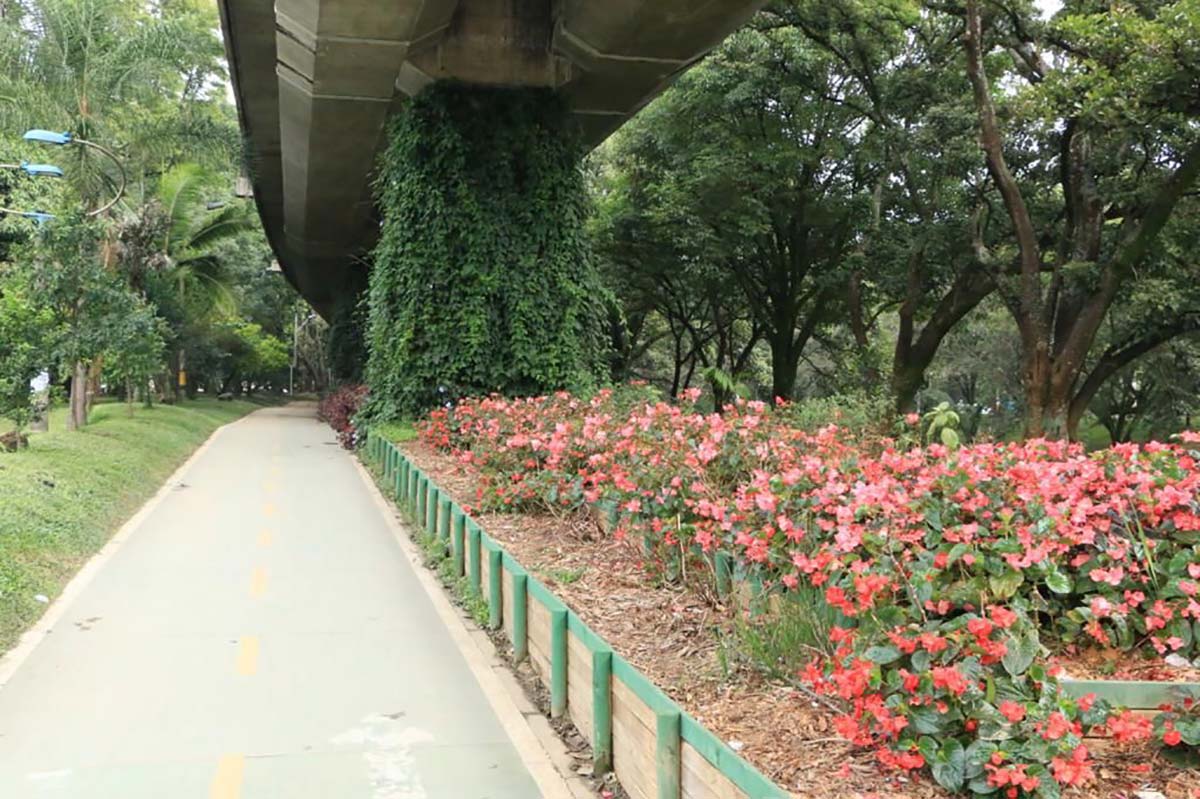
Associated with the investment in improving Medellín’s urban environment, since the start of the programme, and through the city’s botanical garden, the city council has trained 75 new gardeners, Ashden reports, from among those most vulnerable or displaced “by the armed conflict or from poorer rural communities”. At the same time, the trees that populate the public areas were selected “to provide food for wildlife and create a network of greenery that birds, mammals and insects can use to travel around the city”. In fact, the design of each corridor was specifically designed to mimic a natural forest, with low, medium and high plants. Finally, it should be noted that these 30 green corridors connect to some 124 parks.

It is therefore not surprising that Medellín’s Green Corridors programme is known around the world and that many cities have followed suit. After all, the action has proven to be able to reduce temperatures by up to 2°C, as well as having proven benefits for biodiversity. In addition to the above benefits, it has also improved air quality and reduced air pollution. Cyclists, pedestrians and citizens in general now have more shaded areas, less stifling built-up areas and cleaner air to breathe.
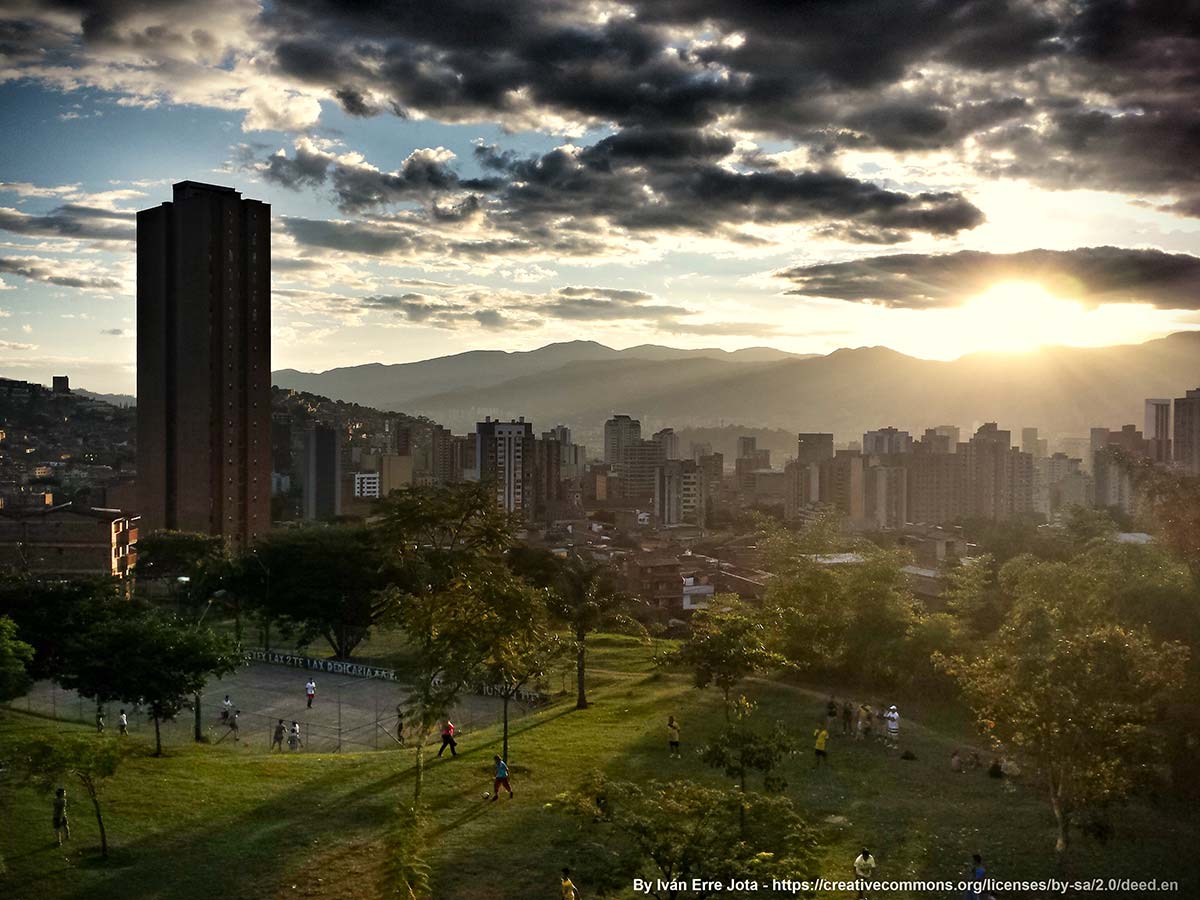
We invite you to enjoy the presentation of the project by the Mayor of Medellín, Federico Gutiérrez, after receiving Ashden’s distinction, in this VIDEO.
Sources: BBC Future Planet, Ashden.
Images: Alcaldía de Medellín, Ashden y Wikipedia.


